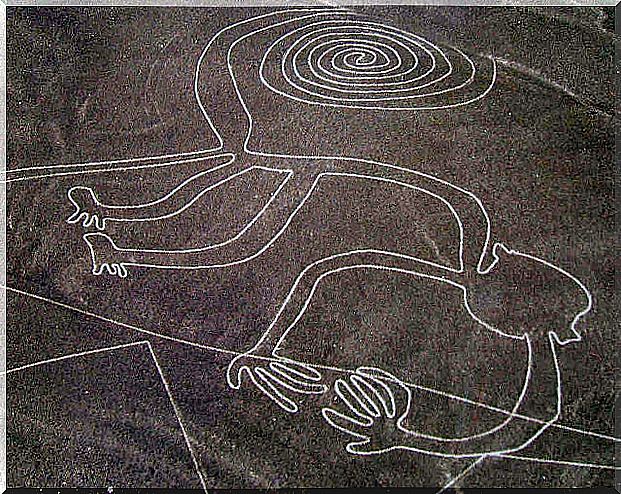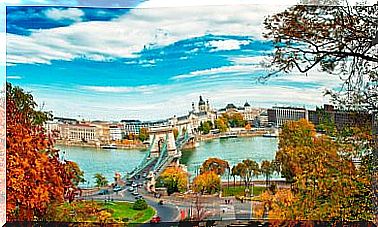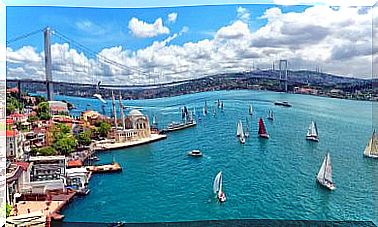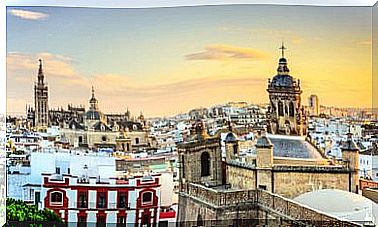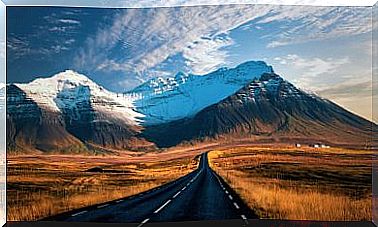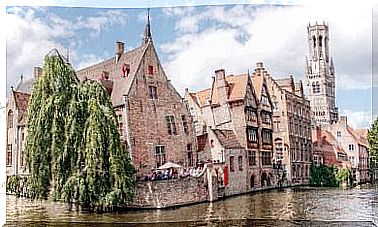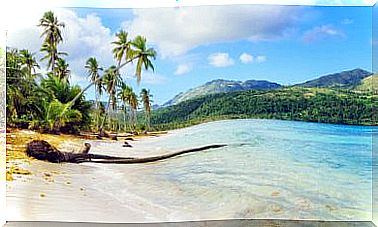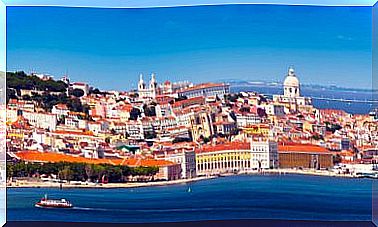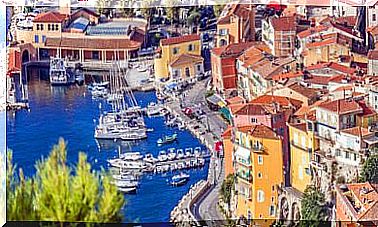The Mysteries Of The Underground Aqueducts Of Nazca
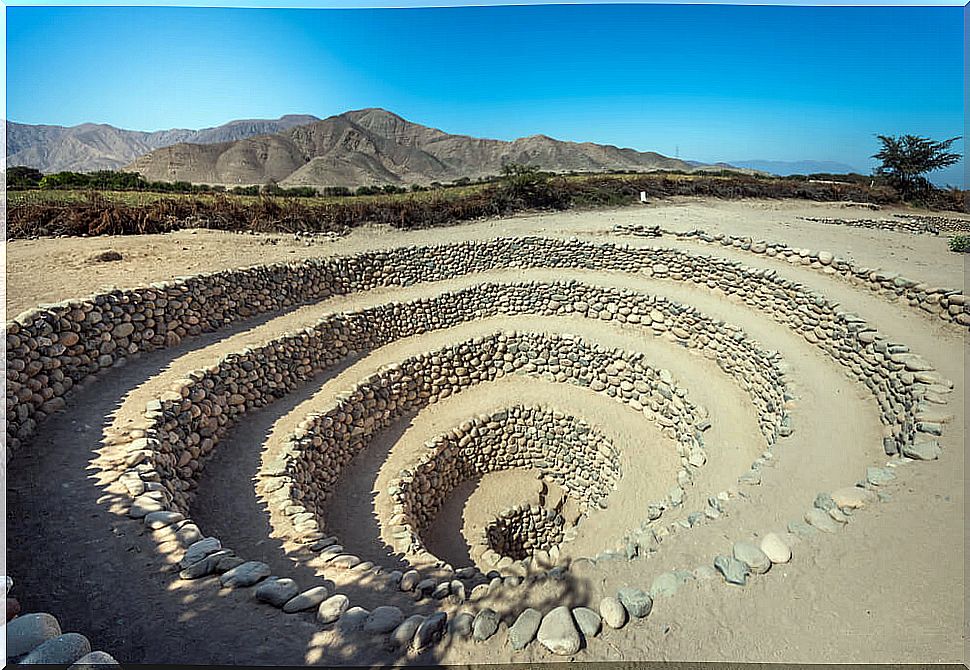
The underground aqueducts of Nazca, in Peru, are a singular work of civil engineering carried out centuries ago. Even today they amaze experts and archaeologists. They were built between the 1st and 7th centuries, without the technological advances and knowledge of today, and have been impeccably preserved. Do you want to know them?
History of the underground aqueducts of Nazca
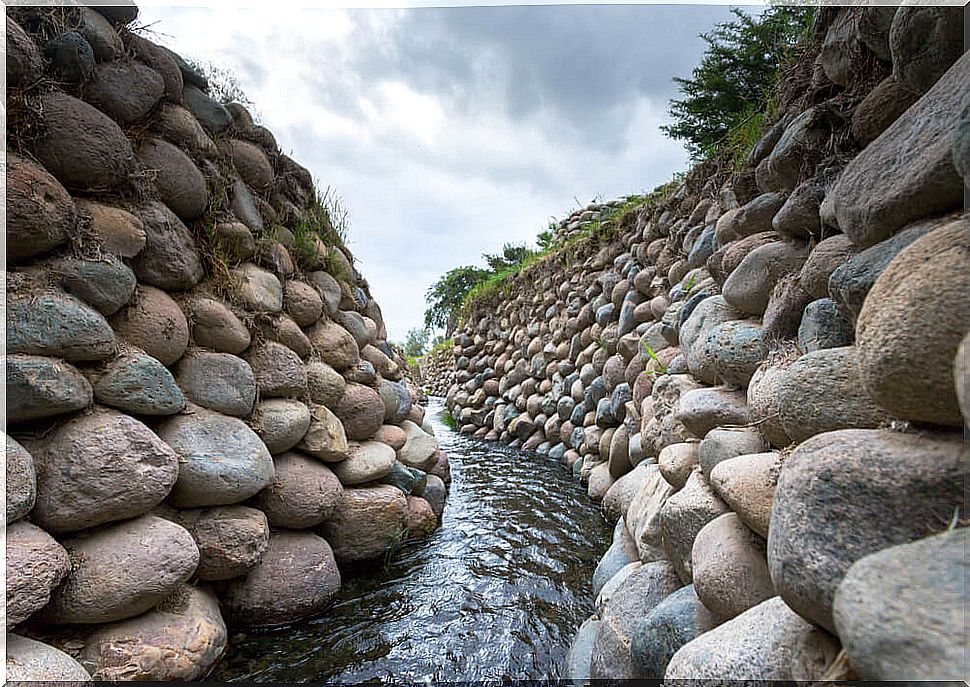
In the city of Nazca there are several of these underground aqueducts. The well-known aqueducts of Cantalloc stand out, located a short distance from the city. They are exactly 46 and their goal was to supply themselves with as much water as possible.
They did it during the only three months of rain of the year, in order to later enjoy the liquid element throughout the year. The water was destined for the daily use of the inhabitants of the city. It was used for cooking, cleaning and personal hygiene, as well as serving it to livestock.
But also, and more importantly, the water from the underground aqueducts was used to cultivate the fields around the city. In them cotton was obtained and also the foods to subsist during the year, like the potato or the corn. In a dry and arid climate, the existence of water throughout the year was key to survival.
The construction process
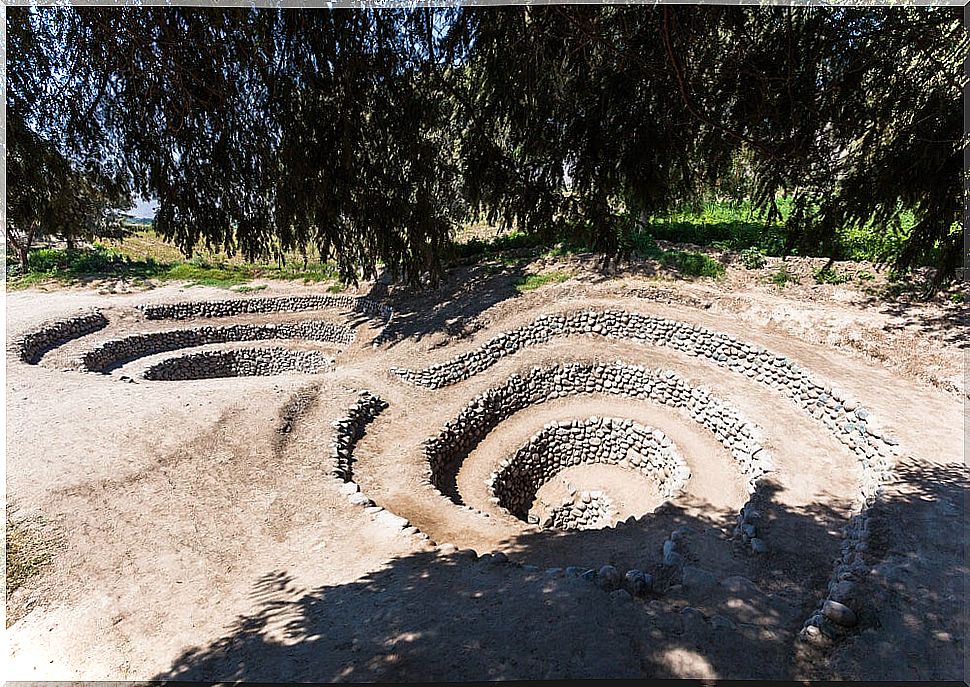
The materials to build the underground aqueducts were those typical of the area, such as flagstones and logs. The most attractive thing about these aqueducts are the spiral-shaped mouths. They were built like this to facilitate the ventilation of the wells and to be able to go down to collect the underground water and clean the aqueducts.
The Nazcas made the underground aqueducts due to the impossibility of making vertical wells. In addition, they saw that the water from the mountains went underground and appeared in other places in the valley below, so they guessed very correctly that there were currents under the ground that they could take advantage of.
Therefore, the first thing they did was a series of surveys, separated by several meters, until they found a water table. Then the aqueducts were built to distribute the water or take it to the reservoirs.
But if its construction process is striking, perhaps it is more so that, despite the time that has passed and the movements of the earth, most of the Nazca underground aqueducts continue in use. In fact, they are still used to irrigate cotton, bean or corn crops.
Visit the underground aqueducts of Nazca
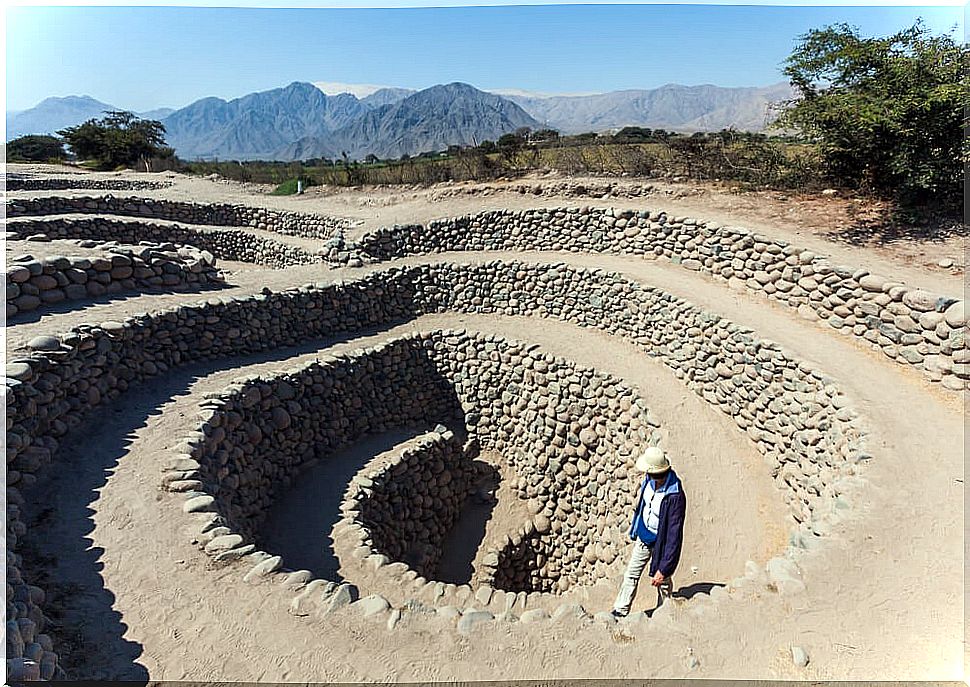
Tourists who come to Peru and, specifically, to the Nazca area, are impressed by the works carried out by ancient inhabitants of this place. In this sense, the underground aqueducts and spiral wells attract the interest of all those who contemplate them.
In the underground aqueducts of Cantalloc it is possible to descend through these spirals and learn more about the architecture and techniques used for centuries. The descent to the lowest part, through which the aqueduct channel runs, has not been visited for a few years to avoid damage to people and the construction itself.
An underground aqueduct in Spain
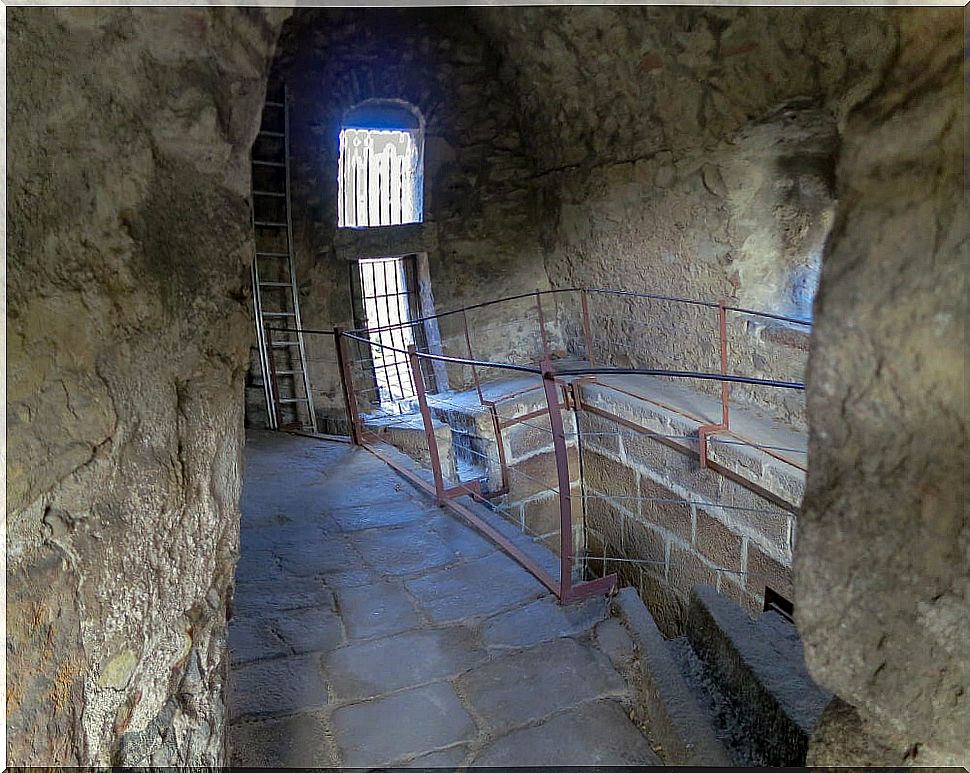
Saving the distances, in Spain there is an underground aqueduct, at least it is in one section. We are talking about the Aqueduct of Segovia. In the part of the Plaza del Azoguejo, when it crosses the city wall, it has an underground section. There is another: the one that goes from its beginning in the mountains to the city.
The Aqueduct reaches the Plaza Mayor and the cathedral. In this square there is an area where you can discover the darkness of the underground aqueduct. Of course, it can only be done for one week a year, in summer, on a guided tour organized by the City Council.
On this visit it is also possible to see the sand trap, located at the beginning of the visible part of the monument in the city. In addition, the person in charge of guiding the visit will teach you all the secrets about the construction of the Romans and the different reforms and restorations carried out in later times.
